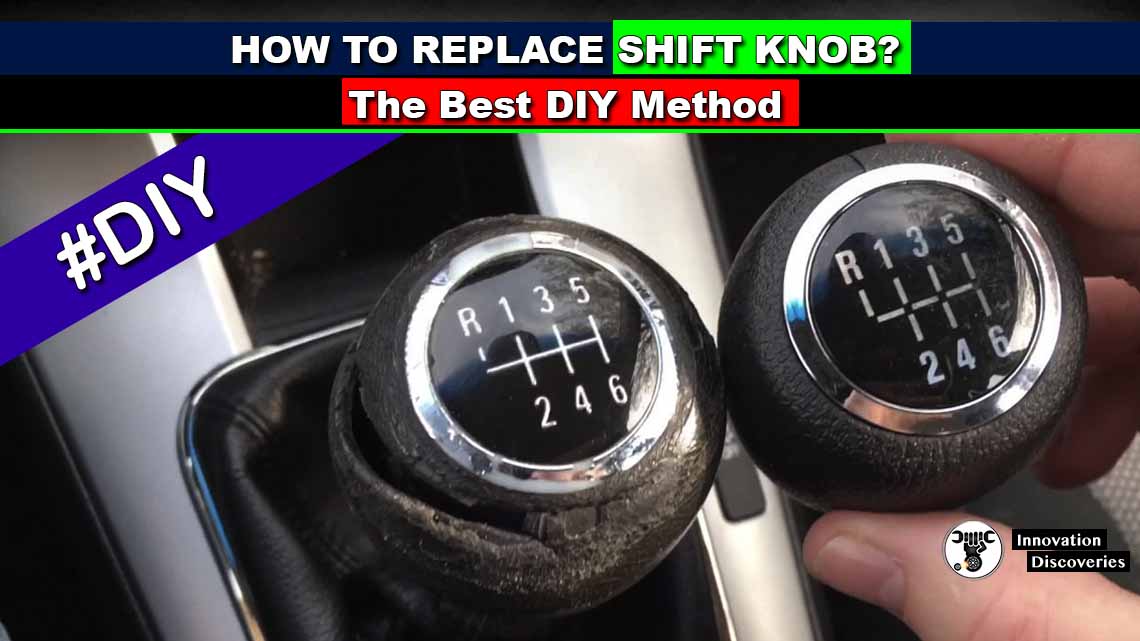You may have heard the term before: “no-lift shifting.” It’s the process of foregoing the
Clutch altogether and simply popping the car into the next gear.
Long story short, it’s a really bad idea. Jason Fenske of Engineering Explained tells us
All about the issues the process causes in a new episode.
We’ll separate the topics into two categories:
No-lift shifting and ”power shifting.”
No-lift shifting is bad for a pretty straightforward reason. Without using the clutch,
The driver is asking the synchronizer to do a job it’s not supposed to do.
That is, match the wheel speed to the transmission speed.
While it may create a slight extra surge of power at the moment,
There are zero actual benefits for not engaging the clutch pedal when shifting.
That’s the easy part. Power shifting is a little different.
Also, read:
When power shifting, the driver presses the accelerator,
Down for maximum acceleration.
At that moment, everything is working in concert.
The wheel speed, engine speed,
And transmission gears are all operating at the same speed and rotating together. Second, the driver presses the clutch in.
Now, the transmission speed drops (since the clutch is no longer engaged)
And the engine speed climbs since it’s now disconnected from the transmission. The driver then pops the transmission into second gear. Now, second gear and first gear’s rotational speeds do not match (second gear is spinning slower).
Also, read:
- How To Do Automatic Transmission Service Yourself?
- Continuously Variable Transmission: Mechanism And Advantages
It’s the synchronizer’s job to match those gear speeds to create a smooth shift.
So, power shifting isn’t necessarily awful for synchronizers.
It is, however, bad for the clutch.
As the driver lets the clutch out,
The trouble comes when the engine tries to match a transmission at a lower rotational speed.
The engine and the clutch come together, and basically, the driver makes the clutch slip
Or it sends a shock through the entire driveline out to the wheels.
That can cause an unexpected ”clutch kick,”
Which could kick the rear end out (in a rear-wheel-drive car) and cause the driver to start to lose control? Unless they know what they’re doing, and they’re ready for some sideways action.
Have a listen to Jason’s full explanation below.



One Comment